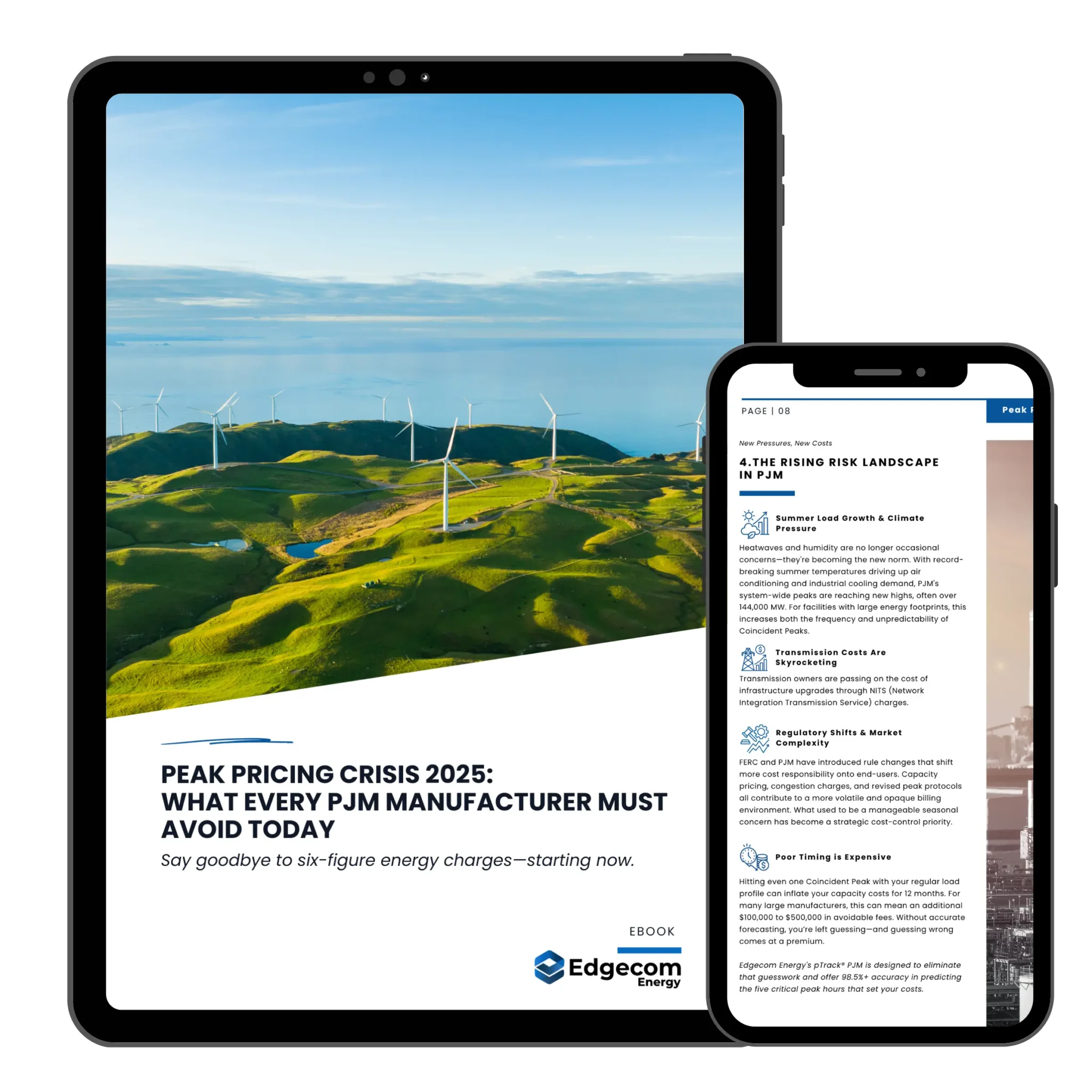In the dynamic landscape of energy management, staying ahead requires innovative solutions. One such breakthrough technology is real-time LoRa (Long Range) Internet of Things (IoT) devices. These devices promise to revolutionize operations, enhance efficiency, and drive substantial value for energy-centric businesses. However, before embarking on the implementation journey, a comprehensive cost justification is imperative to ensure that the investment aligns with organizational objectives. Let’s delve into the key steps to perform a robust cost justification analysis for real-time LoRa IoT devices.
- Identify the Use Case
The first step in the cost justification process is to clearly define the specific use case for real-time LoRa IoT devices. Whether it’s optimizing asset utilization, improving operational efficiency, or addressing a unique business challenge, a well-defined use case sets the foundation for the entire analysis. - Determine Key Performance Indicators (KPIs)
Identify the key metrics or performance indicators that will be impacted by the implementation of real-time LoRa IoT devices. This could range from operational efficiency and asset utilization to energy savings, maintenance costs, or even improved customer satisfaction. - Quantify Potential Benefits
Estimate the potential benefits that can be realized through real-time monitoring and data collection. This involves analyzing historical data, benchmarking against industry standards, and possibly conducting pilot studies. Convert these benefits into financial terms such as cost savings, revenue increases, or improved productivity. - Assess Implementation Costs
Identify and quantify the upfront costs associated with implementing real-time LoRa IoT devices. This includes costs for devices, network infrastructure, software platforms, integration with existing systems, and any necessary training or support. Obtain accurate cost estimates from vendors or through thorough research. - Calculate Return on Investment (ROI)
Compare the potential benefits identified in step 3 with the implementation costs determined in step 4. Calculate the ROI by dividing the net benefits (benefits minus costs) by the total costs and express it as a percentage or ratio. Also, consider the payback period—the time it takes for the benefits to outweigh the costs. - Evaluate Intangible Benefits
Consider intangible benefits arising from real-time LoRa IoT implementation, such as improved data accuracy, better decision-making, enhanced customer experience, or competitive advantages. While challenging to quantify, these factors contribute significantly to the overall cost justification. - Consider Risks and Mitigation
Identify potential risks or challenges associated with implementing real-time LoRa IoT devices, such as security vulnerabilities, data privacy concerns, technical complexities, or integration issues. Develop and evaluate risk mitigation strategies, accounting for associated costs. - Conduct Sensitivity Analysis
Perform sensitivity analysis to assess how changes in assumptions or variables impact the cost justification. This helps identify critical factors affecting ROI and allows for adjustments in the business case. - Present the Business Case
Compile the findings into a comprehensive cost justification report or presentation. Clearly communicate potential benefits, implementation costs, ROI, payback period, intangible benefits, and risk mitigation strategies. Present the business case to relevant stakeholders, decision-makers, or executive management for review and approval. - Monitor and Evaluate
Once the implementation of real-time LoRa IoT devices begins, track and measure actual performance against projected benefits and costs. Monitor the KPIs identified in step 2 and make adjustments as necessary to ensure the expected return on investment is achieved.
By meticulously following these steps, businesses can conduct a thorough cost justification analysis for real-time LoRa IoT devices, providing a solid business case for their implementation.
In the realm of energy management, the implementation of real-time LoRa IoT devices offers a transformative approach to tracking energy consumption and machine usage. These devices enable continuous monitoring of energy-related parameters and machine operations, collecting a wealth of real-time data. This trove of information is then seamlessly integrated into the dataTrack dashboard—a centralized hub designed for actionable insights. The dashboard provides a user-friendly interface that visualizes intricate details of energy consumption patterns, machine performance, and operational metrics. With dataTrack, stakeholders can gain a holistic view of their energy ecosystem, allowing them to identify trends, anomalies, and optimization opportunities. Armed with this comprehensive data, decision-makers can make informed choices to improve operational efficiency, reduce energy costs, and proactively address potential issues. The dataTrack dashboard becomes not only a monitoring tool but a strategic asset, empowering Edgecom Energy to navigate the complexities of energy management with precision and foresight.

